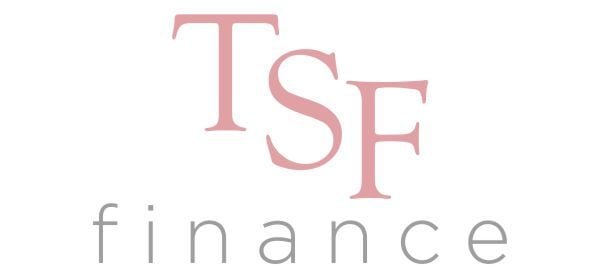%20(1).png?width=1350&height=1080&name=Untitled%20(1350%20x%201080%20px)%20(1).png)
8 top tips for managing cashflow
Managing cashflow effectively is one of the most important factors for running a healthy and successful business. Whether you’re an SME navigating growth, investing in new assets, or ensuring you can pay your team on time, having clear strategies in place can make all the difference.
To help business owners stay ahead, we sat down with Bibby Financial Services CFO, Theo Chatha, to bring you 8 top tips for managing cashflow.
- Create a cashflow forecast
Begin by developing a cashflow forecast that outlines your expected income and expenses over a quarter. This helps to anticipate potential cashflow problems before they arise. When predicting your business cashflow, factor in when you expect to get paid and when you need to pay bills, any impacts of seasonality and consider what may be unexpected expenses.
- Negotiate favourable payment terms
Striking a balance between payables and receivables is crucial for maintaining a healthy cashflow. To help accelerate money coming in, encourage customers to pay invoices promptly or consider offering discounts for early payments. Extending the payment terms with suppliers can give you more time to pay your bills, improving your short-term liquidity.
- Know your customers and create a credit policy
Know your customers and use a reputable credit reference agency to run credit checks on all new customers before offering credit terms and set appropriate limits. So that both you and your customers know where they stand, your credit policy should set clear actions for how you will deal with all credit scenarios, including exceptions to payment terms, changing credit limits and suspending accounts.
- Monitor and manage expenses
Keep a close eye on expenses. Identify areas where costs can be reduced to run your business as efficiently as possible and prevent unnecessary cash outputs. Look for ways to optimise spending, whether it’s renegotiating contracts or exploring more cost-effective suppliers, or adopting technology solutions that can streamline processes.
- Stay on top of invoicing and collections
To ensure a steady cashflow, send out invoices promptly within a defined timeframe, ideally within five days after services or products have been provided. Clearly state payment terms on all invoices and reminders, and implement collection processes for following up on outstanding invoices. Establishing robust invoicing processes will reduce the risk of delayed payments and improve overall cashflow predictability.
- Consider Invoice Finance
Invoice Finance is designed to bridge the cashflow gap between you issuing an invoice to a customer and waiting anything from 30 to 120 days for that invoice to be paid. This allows you to release your cash from work you’ve already done, without the need for additional borrowing. By getting access to customer payments faster, you can pay your employees on time, negotiate preferential rates with suppliers, or invest more into growing your business.
- Maintain a cash reserve
Establishing and maintaining a cash reserve is a prudent strategy to cushion your business against unexpected expenses, non-paying customers or economic downturns. This reserve serves as a financial safety net, providing you with the flexibility to cover essential costs during difficult times. Aim to set aside a percentage of your profits each month to build a robust reserve, which can be crucial for sustaining operations during challenging periods or sales downturns.
- Safeguard your business with Bad Debt Protection
Implementing good payment processes can help you reduce the risk to your business from late or non-paying customers. However, there are many circumstances where a customer’s refusal or inability to pay cannot be pre-empted. If you are concerned about how customer non-payment could affect your business performance and profitability, Bad Debt Protection can safeguard your business against the impact of a customer’s insolvency or inability to pay.
Cashflow management is an ongoing priority for any business. Implementing these tips, from forecasting and invoicing to leveraging invoice finance and safeguarding against bad debt, can help you maintain healthy finances and position your business for sustainable growth.
Theo Chatha
Chief Financial Officer
Bibby Financial Services
For more insights and practical guidance on managing your cashflow, speak to a member of our team today.










